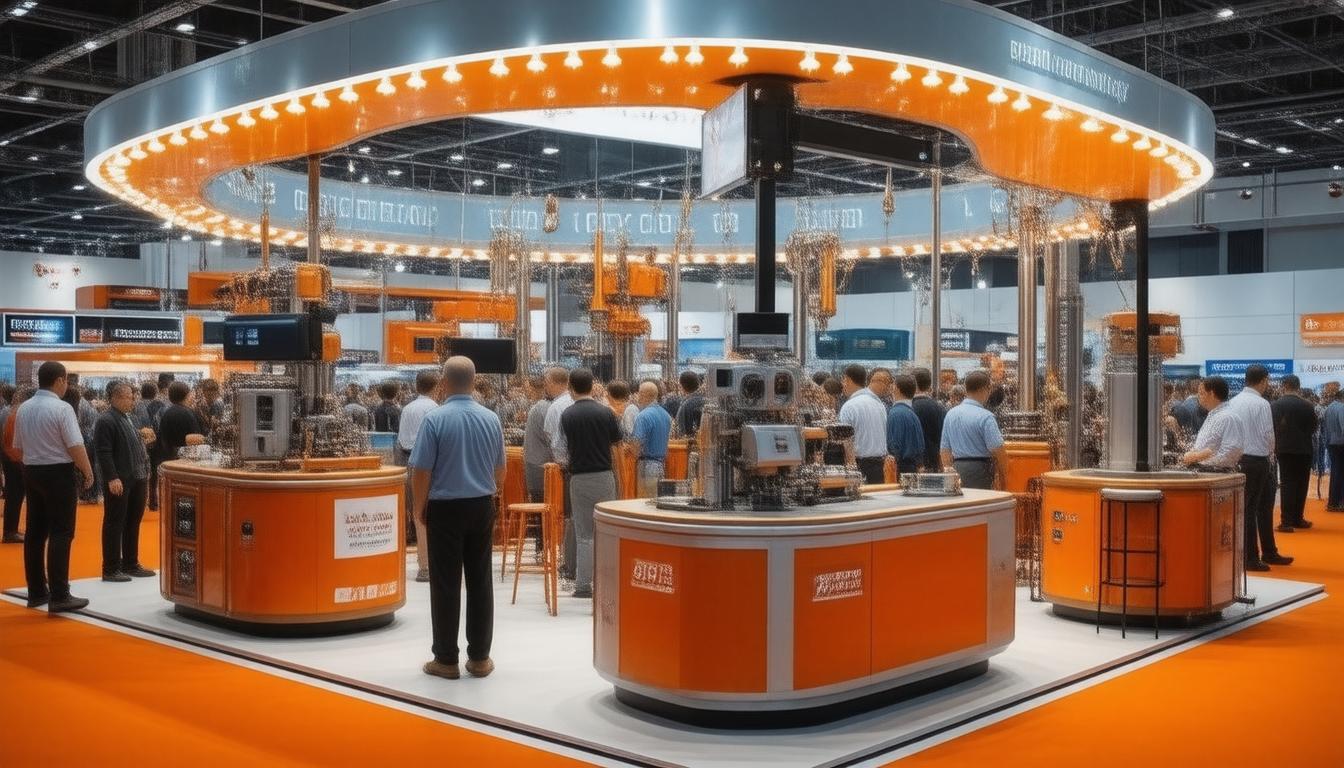
The small town of Oakesdale has long been plagued by the common municipal headache of aging underground infrastructure. Despite the necessity for regular maintenance and repair, traditional methods have often resulted in lengthy disruptions and surface damage. However, innovative trenchless sewer repair techniques are offering Oakesdale a solution that minimizes these issues, representing a significant advance in the approach to urban utility maintenance.
Understanding Trenchless Sewer RepairTrenchless sewer repair is a method of rectifying underground pipe issues without the need for extensive excavation. There are several techniques within this category, including cured-in-place pipe (CIPP) lining, pipe bursting, and slip lining. These methods share a common goal: repairing or replacing underground pipes with minimal surface disruption. Not only does this reduce repair time, but it also conserves the aesthetic and structural integrity of the surface above, making it an attractive option for populated areas and historic districts that wish to preserve their landscapes and hardscapes.
Oakesdale Embraces Modern MethodsIn a proactive move, Oakesdale city planners have embraced trenchless technologies to address their sewer system woes. The town’s administrators recognized the cost-effectiveness of tackling repairs before catastrophic failures occur. The use of CIPP, for example, allows the town to rehabilitate pipes from the inside out, using a resin-saturated liner that is cured in place to form a new, robust pipe within the old one. This method has proven to be less intrusive and more cost-efficient compared to traditional excavation, which requires digging up streets and disrupting daily life.
Benefits for the CommunityAdopting trenchless sewer repair has brought numerous benefits to the Oakesdale community. Residents enjoy fewer interruptions in both road traffic and sewer service usage, as trenchless repairs typically require less time to complete. Furthermore, the absence of large trenches reduces the risks associated with open excavations, such as accidents or injuries. The environmental impact is also lessened as less soil is displaced, and there are fewer emissions from heavy-duty excavation equipment.
Overcoming ChallengesDespite the advantages, the transition to trenchless methods has not been without challenges. One of the primary concerns was the initial investment in specialized equipment and training required to perform trenchless repairs. Additionally, Oakesdale had to conduct thorough inspections to pinpoint the precise locations needing repair. However, as trenchless technology has been adopted, economies of scale and increased proficiency have helped mitigate these initial costs and challenges.
The Road AheadAs Oakesdale continues to employ trenchless sewer repair techniques, the future appears bright. The reduced need for excavation promises to keep the small town’s charm intact while ensuring its infrastructure remains sound. This approach not only preserves the town’s present-day beauty but also lays the groundwork for sustainable growth and development.
Trenchless technology stands as a testament to Oakesdale’s commitment to innovation and efficiency, serving as a model for other communities facing similar underground issues. As trenchless techniques become more mainstream, they have the potential to revolutionize the way cities around the world think about and manage their subterranean assets.






